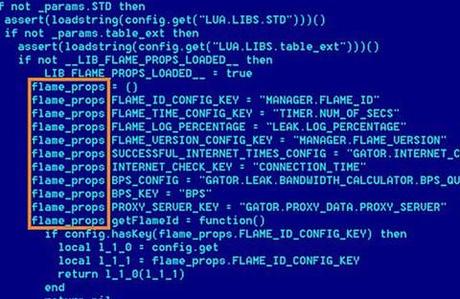
The 'Flame' super-virus has attacked Iran 189 times. Photo credit: marsmet543
The background
One of the most powerful and dangerous computer viruses ever built has been discovered in the computer systems of scores of prominent Iranian individuals. The virus, dubbed ‘Flame,’ has caused the United Nations to put out the highest-level alert they have ever issued.
But what is this virus? And what does it do?
What it does
The Flame virus is dangerous because of its many functions. Reports state that it can obtain data such as sounds through hijacking the computer’s microphone and Bluetooth connection, take screen shots during video conversations via Skype, and monitor input via the keyboard to collect passwords and other input data. In other words, it’s a knock-out secret spying device. Orla Cox from Symantec was quoted in The Telegraph saying that “it’s huge. It’s like using a nuclear weapon to crack a nut.”
How long has it been active?
There are disagreements among analysts about how long the virus has been around stealing data. The Independent quoted Russian computer safety agency Kapersky, who say the attacks began in 2010, whereas Budapest University’s prestigious System Security department claim it could have been in operation since way back in 2005.
How it spreads
The New York Times stated that the virus is designed for personal computers rather than networks, and is distributed via USB sticks rather than the internet: meaning that an infected USB stick must be inserted manually before the virus can then spread throughout a network.
Who is being targeted
At the moment the most high-profile target is Iran, who have experienced 189 attacks. The virus is also prevalent throughout most of the Middle East, with 98 incidents in the West Bank and 32 in Syria. There are also reports of infections in Israel, Lebanon, Saudi Arabia and Egypt.
Who is responsible?
Iran are currently pointing the finger at Israel and the US, saying that these nations want to disrupt their nuclear energy programme. Israeli officials, whilst not owning up completely to the cyber attack, have fueled suspicion that it was them. Moshe Yaalon, the vice prime minister, told the country’s Army Radio that “Israel was blessed as being a country rich with high-tech. These tools that we take pride in open up all kinds of opportunities for us.” He was also quoted as saying “Anyone who sees the Iranian threat as a significant threat – it’s reasonable [to assume] that he will take various steps, including these, to harm it,” which commentators have viewed as a part-confession of involvement in the attack.

